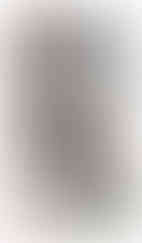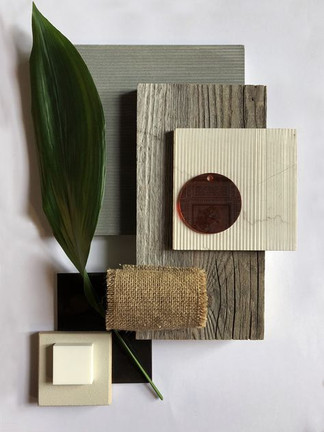#weekendvibes: MOODBOARD ♠︎♣︎♥︎♦︎
- Laura Antoni

- Aug 15, 2020
- 2 min read
• • • WEEKEND MOODS ON THE BOARD • • •
A mood board (or inspiration board) is a physical or digital collage of ideas that are commonly used in fields like interior design, fashion, and graphic design.
Mood boards are used in a variety of disciplines. You’ve no doubt seen them used for Interior Design, where fabric swatches and paint chip samples are grouped together on a poster to show a homeowner what type of atmosphere the new decor will create. They are also used frequently in Fashion to highlight trends and styles. In essence they are a compilation of inspirational elements used by designers to flesh out ideas at the beginning of a design project.
A mood board is extremely useful for establishing the aesthetic feel of a web site. It usually fits into the process somewhere after wireframes and before design mockups. Things that can be explored in the mood board include photography style, color palettes, typography, patterns, and the overall look and feel of the site. Soft or hard? Grungy or clean? Dark or light? A rough collage of colors, textures and pictures is all it takes to evoke a specific style or feeling.
All the details of your visual identity should work to tell your key message. A mood board shows how this will be accomplished. For example, colour sets a mood, typography makes a statement, patterns and motifs further communicate values. All these things together, build a unified message.
The mood board is intentionally casual; it lets the designer start with broad strokes and get feedback before too much time is invested in the wrong direction. Think of it as rapid visual prototyping.
Mood boards are typically used for three main purposes:
Definition. Visually define your brand, product, or marketing campaign.
Inspiration. Help stimulate creativity by drawing upon different styles and motifs.
Direction. Act as a guide to help designers navigate any tough design decisions in a project—much in the way a mission statement can help you through a tough business.
Collect Your Materials
When you’re ready to start crafting your mood board, remember that it can feature any number of elements. These include:
Color
Patterns
Textures
Typography
Brand-related keywords
Descriptive language
Photographs
Sketches and Illustrations
Textiles
Found objects
If you’re going for a physical mood board, venture out into the world to look for objects and material. Anthropologie’s design director wrote on the company’s blog, “I take photos wherever I go, whether it’s an exhibit or a museum or a library. The tiniest thing can spark an idea.”
Physical Mood Boards
Historically, mood boards have been created using bulletin boards or foam core as their base. With these materials as a backing, users can pin or staple photographs, yarn, sprigs of herbs or other plants, and anything else they feel illustrates their desired mood. This approach is still popular today — but you don’t have to confine yourself to a single space, and the options for what to include on your board are boundless.
Digital Mood Boards
As technology has evolved, the ease and convenience of creating digital and web-based mood boards has led to mass adoption of this approach. Digital boards are easy to save and share with others, and social media sites like Pinterest and Instagram are a treasure trove of imagery.












































































Comments